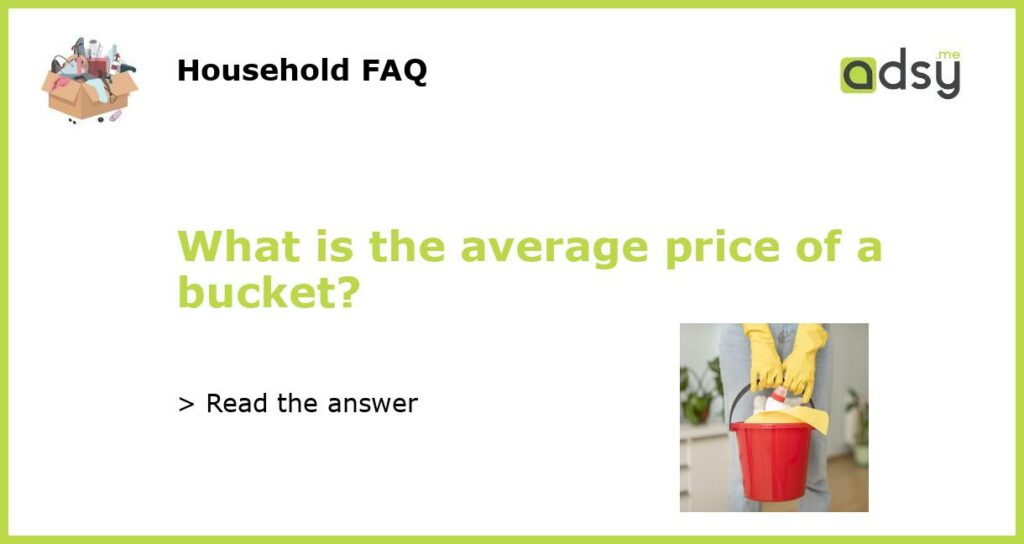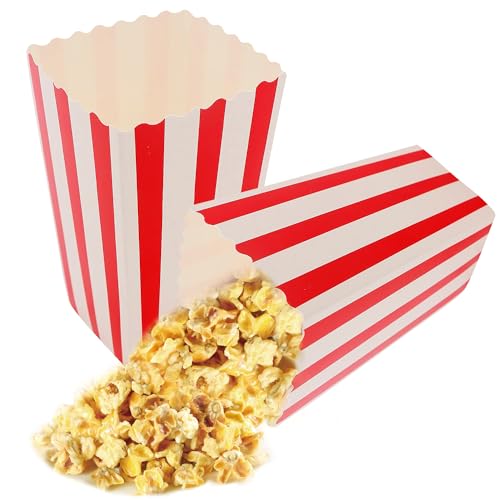Exploring the Average Price of a Bucket
When it comes to finding the average price of a bucket, there are a variety of factors that can influence the cost. From the material and size of the bucket to the brand and location of purchase, these variables can greatly impact the price you can expect to pay. In this article, we will delve into the average price range of buckets and discuss the factors that can affect their cost.
Factors Affecting the Price of Buckets
1. Material: Plastic, metal, and fiberboard are common materials used to manufacture buckets. Each material comes with its own pros and cons, and this can impact the price. Plastic buckets tend to be more affordable, while metal buckets are usually more expensive due to their durability and sturdiness.
2. Size: The size of the bucket can significantly influence its price. Smaller buckets are generally cheaper than larger ones. The capacity and volume of the bucket will determine its size and subsequently its price. It’s important to consider your specific needs and the intended use of the bucket when choosing the size.
3. Brand: Recognized or reputable brands often come with a higher price tag. These brands are known for their quality and reliability, which can justify the additional cost. However, there are also budget-friendly options available from lesser-known brands that offer similar functionality at a lower price point.
4. Customization: Custom buckets with special features or designs are unique and therefore usually more expensive than standard buckets. These specialized buckets may include additional functionalities or branding elements. The cost will vary based on the level of customization requested.
The Average Price Range
Now that we have explored some of the factors affecting the price of buckets, let’s dive into the average price range you can expect to encounter:
1. Plastic Buckets: Plastic buckets are often the most economical option, with prices ranging from $1 to $15. The price will depend on the size, quality of the plastic, and any additional features the bucket may have.
2. Metal Buckets: Metal buckets tend to be more expensive than their plastic counterparts. Prices for metal buckets typically range from $10 to $50, depending on the size, material used (stainless steel, galvanized steel, etc.), and any additional features.
3. Specialized Buckets: Custom or specialized buckets can have a wide price range, starting from $20 and going up to several hundred dollars. The cost will depend on the level of customization, material used, and any unique features integrated into the design.
Factors to Consider When Buying Buckets
When shopping for a bucket, it’s important to consider the following factors to ensure you get the best value for your money:
1. Intended Use: Determine the purpose of the bucket. Are you buying it for gardening, cleaning, construction, or something else? This will influence the material, size, and features that are most suitable for your needs.
2. Durability: Evaluate the quality and durability of the bucket to ensure it will withstand the demands of its intended use. Consider the material, construction, and customer reviews to gauge its longevity.
3. Budget: Establish a budget that fits your requirements. Keep in mind that while cheaper options may save you money initially, they may not last as long or perform as well as higher-priced alternatives. Strike a balance between affordability and quality.
4. Brand Reputation: Research different brands and their reputation for producing quality buckets. Read reviews and seek recommendations to ensure you are purchasing from a reputable manufacturer.
5. Comparison Shopping: Compare prices, materials, and features across different retailers or online platforms. Take advantage of sales or discounts to get the best deal on your chosen bucket.
In conclusion
The average price of a bucket can vary greatly depending on the material, size, brand, and level of customization. Plastic buckets generally offer the most affordable options, while metal buckets are typically more expensive. Custom or specialized buckets can have a wide price range. When buying a bucket, it’s important to consider factors such as intended use, durability, budget, brand reputation, and comparison shopping to find the best value for your money. By understanding these factors, you can make an informed decision and find a bucket that meets your specific needs at a price that fits your budget.






